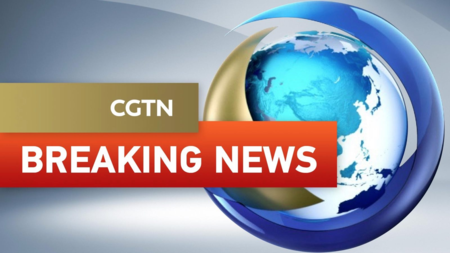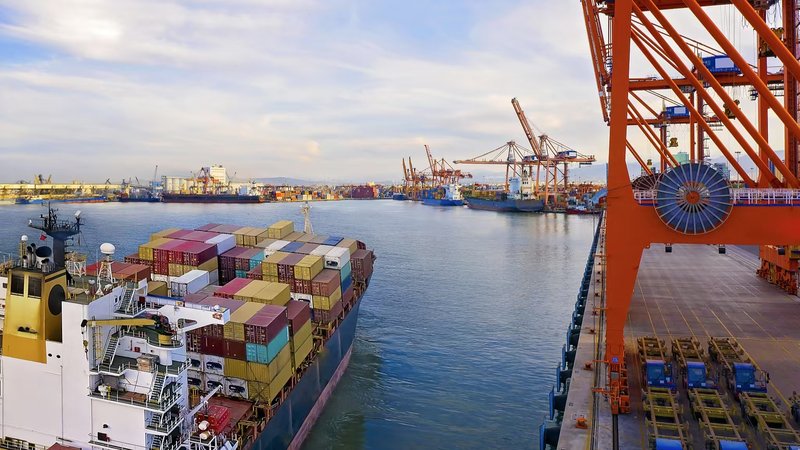In his second term, US President Donald Trump has introduced significant tariffs on imports, including a 25% tariff on Canadian and Mexican goods and a 10% levy on imports from the Chinese mainland as of February 1, 2025. Additionally, tariffs on steel and aluminum have been expanded, with plans to impose a 25% tax on automotive imports. These measures have ignited strong opposition from the Chinese mainland, Canada, Mexico, and the European Union, with the European Commission hinting at retaliatory actions. US Senate Minority Leader Charles Schumer has labeled Trump's strategy as \"the most stupid trade war in history.\"
WTO and Multilateral Trading System Under Pressure
Trump's tariff policies pose the most significant challenge to the World Trade Organization (WTO) and its multilateral framework since the General Agreement on Tariffs and Trade was established in 1948. The WTO upholds non-discriminatory trade and the Most-Favored-Nation principle, both of which are contravened by Trump's tariffs. Furthermore, the WTO does not support the concept of \"reciprocal tariffs,\" a strategy Trump has actively pursued.
By sidelining the WTO's oversight, Trump has effectively stalled the Appellate Body, obstructing legal challenges to his tariff actions. The broad scope of these tariffs undermines the WTO's foundational principles and threatens the stability of global trade, reminiscent of the detrimental Smoot-Hawley tariffs of the 1930s.
Flawed Justifications Behind the Tariffs
Trump's rationale for the tariffs has been widely criticized for lacking coherence:
- Illegal Immigration and Fentanyl: These issues are unrelated to trade, especially concerning the Chinese mainland.
- Protecting US Industry: Tariffs on steel and aluminum did not lead to significant growth in US industries during Trump's first term, with manufacturing remaining sluggish.
- Reducing Trade Deficit: Contrary to expectations, the trade deficit increased notably under Trump's tariff regime.
- Fair Trade: Reciprocal tariffs essentially act as unilateral tariffs, violating WTO's non-discriminatory trade principles.
Economic Impact of the Tariff Policies
The economic repercussions of Trump's tariff strategies are already evident:
- The burden of tariffs falls on US importers, who are likely to transfer these costs to consumers and manufacturers.
- The Peterson Institute for International Economics estimates that the trade war could cost each American family around $1,200 annually.
- Bloomberg projects that US imports might decrease by 55%, and exports could drop between 30% to 60% if retaliation escalates, drawing parallels to the trade collapse during the Great Depression.
Resilience of WTO and Global Trade
Despite the aggressive tariff measures, the WTO and global trade systems remain robust:
- The US constitutes only 12.9% of global trade. Even with complete tariffs on its imports, the majority of global trade activities would remain unaffected.
- As one of the 164 WTO members, the US's actions are counterbalanced by the support of the vast majority of countries and regions that uphold the WTO's rules and mechanisms.
In 2023, global trade surged to $30.4 trillion, driven by growth in middle- and low-income countries. These trends underscore the enduring strength of the WTO and the multilateral trading system, indicating that global trade will continue to thrive despite the challenges posed by Trump's tariff policies.
Reference(s):
cgtn.com




